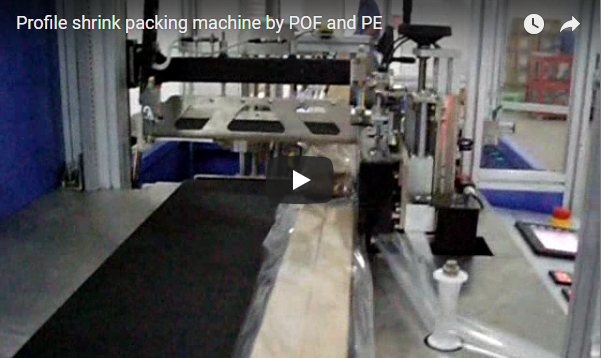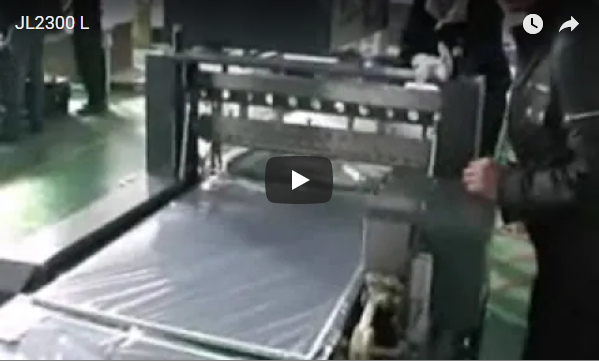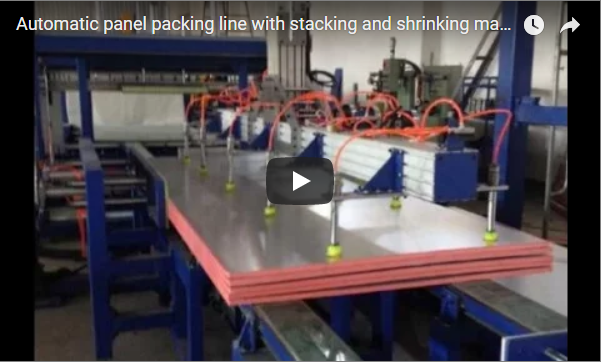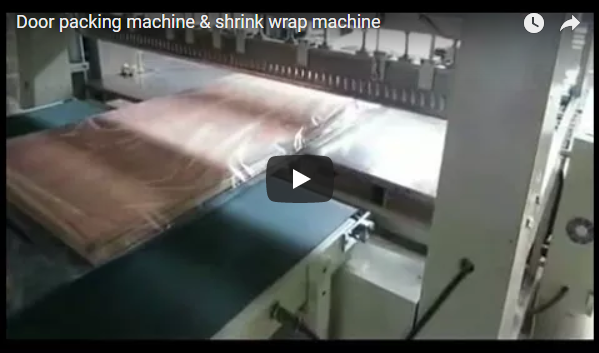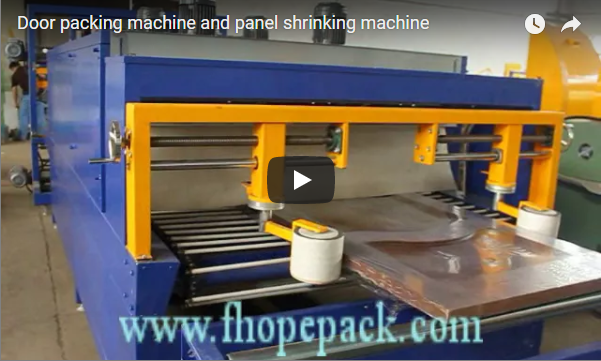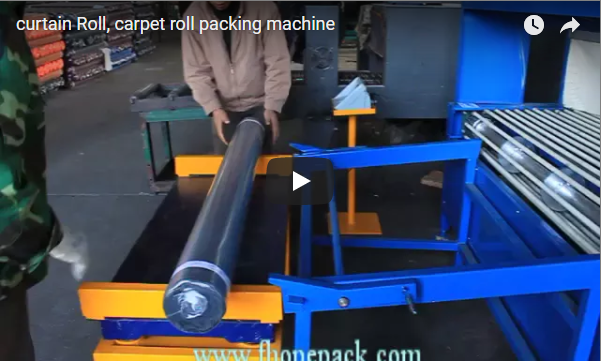Enhancing Packaging Efficiency: A Deep Dive into Automatic Shrink Wrapping Lines for Panels, Doors, and Busbars
In modern fabrication and manufacturing environments, efficiently packaging large, bulky, or irregularly shaped items like panels, doors, and busbars presents a unique challenge. Manual packaging methods can be time-consuming, inconsistent, and labor-intensive. Automatic shrink wrapping lines offer a robust solution, providing consistent, high-quality packaging that protects products during transit and storage while optimizing operational workflow. This article delves into the technical specifications, design considerations, and operational benefits of these essential systems.
1. System Overview and Core Applications
An automatic shrink wrapping line is an integrated system designed to enclose products in a layer of plastic film, which is then heated in a shrink tunnel to conform tightly around the item. These systems are particularly adept at handling elongated or flat products common in the fabrication industry.
Video Caption: Demonstration of an automatic shrink wrapping line processing large panel-like products.
Primary Applications:
- Architectural Panels: Protecting finishes and edges during shipping.
- Doors: Preventing scratches and damage to surfaces and hardware pre-installation.
- Busbars: Ensuring electrical components remain clean and free from contaminants.
- Extruded Profiles: Bundling and protecting aluminum or plastic extrusions.
- Furniture Components: Wrapping tabletops, shelves, or assembled parts.
2. Core Components and Operational Workflow
Understanding the key components clarifies the system's functionality:
- Infeed Conveyor: Automatically transports the product into the wrapping station. Belt or roller conveyors are common, chosen based on product weight and surface characteristics.
- Film Dispensing & Sealing Unit: This crucial stage precisely dispenses the shrink film. The system described features end-sealing capabilities using heat sealing blades. This method creates a fully enclosed package by sealing the film across the leading and trailing edges of the product after it's enveloped (often via a side seal or overlap created earlier). This ensures a tidy, fully sealed package, offering superior protection against dust and moisture compared to sleeve-style wrappers.
- Shrink Tunnel: The heart of the shrinking process. A "high standard" tunnel typically incorporates:
- Efficient Heating Elements: Often infrared or controlled convection heating for uniform temperature distribution.
- Superior Insulation: Minimizes heat loss, contributing significantly to energy savings.
- PLC-Controlled Temperature Management: Allows for precise temperature settings tailored to the film type and thickness, ensuring optimal shrink without damaging the product. PID (Proportional-Integral-Derivative) controllers are often used for stability.
- Adjustable Airflow: Directs hot air effectively around the product for consistent shrinkage on all surfaces.
- Outfeed Conveyor & Cooling Station: Transports the wrapped product out of the tunnel. Often includes a cooling zone or fans to rapidly cool the film, setting the shrink and improving package rigidity.
- Control System (PLC): A Programmable Logic Controller serves as the brain, automating the entire sequence. Benefits include:
- Recipe Management: Store parameters (conveyor speed, sealing time, tunnel temperature) for different products, enabling quick changeovers.
- System Synchronization: Ensures seamless operation between conveyors, sealing, and shrinking.
- Diagnostics: Provides error messages and operational status for easier troubleshooting.
- User Interface (HMI): Touchscreen panels offer intuitive control and monitoring.
3. Technical Specifications and Performance Data Comparison
While exact specifications vary by model and manufacturer, typical ranges for lines handling panels, doors, and busbars include:
| Parameter | Typical Specification Range | Importance |
|---|---|---|
| Packaging Speed | 5 - 20 packs/minute | Directly impacts throughput and line efficiency. |
| Max Product Size (L x W x H) | Highly variable; e.g., up to 6000mm x 1500mm x 300mm | Must accommodate the largest product dimensions. |
| Film Type Compatibility | Polyethylene (PE), Polyolefin (POF) | Affects package strength, clarity, and cost. |
| Film Thickness Range | 25 - 100 microns (1 - 4 mil) | Thicker film offers more protection but costs more. |
| Sealing Technology | End Seal (Heat Blade), Side Seal | Determines package style and seal integrity. |
| Shrink Tunnel Dimensions | Matched to max product size | Ensures adequate exposure to heat. |
| Tunnel Temperature Range | Ambient to 200°C (392°F) | Needs to match film requirements. |
| Power Requirements | 220V/380V/480V, 3-Phase, 15-50 kW | Significant power draw, especially the tunnel. |
| Control System | PLC with HMI Touchscreen | Essential for automation and ease of use. |
| Machine Footprint | Varies significantly based on configuration | Requires adequate floor space allocation. |
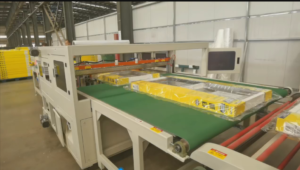
4. Design Considerations for Fabricators
Integrating such a system requires careful planning:
- Line Integration: How will products arrive at the infeed and depart from the outfeed? Consider compatibility with existing conveyors or robotic handling.
- Product Variability: If handling diverse product sizes, assess the ease and speed of changeovers (e.g., adjustable guides, automatic film centering, PLC recipe recall).
- Durability: Look for robust frame construction (e.g., heavy-gauge steel) suitable for industrial environments. Easy access for cleaning and maintenance is crucial.
- Safety: Ensure compliance with safety standards, including adequate guarding, emergency stops accessible along the line, and interlocked access doors.
- Energy Efficiency: Beyond tunnel insulation, look for features like standby modes or variable speed drives on motors.
5. Operational Insights and User Experience
From an operator's perspective, using these lines effectively involves:
- Setup and Training: While automated, initial setup and operator training on the PLC/HMI interface are vital for understanding parameter adjustments (temperature, speed, seal time) for different films and products.
- Consistency: Once dialed in, the primary advantage is the highly consistent package quality, reducing rejects and improving brand presentation.
- Film Management: Proper loading, threading, and tensioning of the film roll are critical to prevent jams and ensure good seals. Film selection (type, thickness, shrink ratio) directly impacts performance and cost.
- Troubleshooting: Common issues might include incomplete shrinking (adjust temperature/airflow), film tearing (check for sharp edges, reduce temperature), or poor seals (adjust temperature, pressure, or blade condition). The PLC diagnostics are invaluable here.
- Maintenance: Regular checks on sealing blades/wires, conveyor belts/rollers, and tunnel heating elements are necessary for reliable operation.
6. Tangible Benefits for Manufacturers
Investing in an automatic shrink wrapping line delivers significant advantages:
- Increased Throughput: Dramatically faster than manual methods, boosting overall production capacity.
- Reduced Labor Costs: Frees up personnel previously assigned to manual wrapping for more value-added tasks.
- Enhanced Product Protection: The tightly shrunk film protects against dust, dirt, moisture, and minor scuffs during handling and shipping. Fully sealed packages offer superior protection.
- Improved Package Aesthetics: Creates a professional, uniform appearance that enhances product value perception.
- Optimized Material Usage: Automated systems often use film more efficiently than manual wrapping.
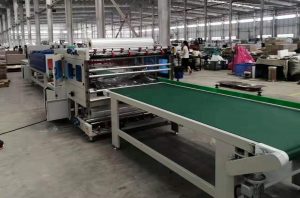
7. Conclusion
Automatic shrink wrapping lines incorporating end-sealing technology and efficient shrink tunnels represent a valuable investment for fabricators handling panels, doors, busbars, and similar products. The combination of PLC control for precision and ease of use, robust component design for reliability, and features focused on energy efficiency delivers consistent, high-quality packaging. By carefully considering technical specifications and integration needs, manufacturers can significantly improve their packaging operations, reduce costs, and better protect their valuable products.
For further details on automated packaging solutions:
Back to front page: https://www.fhopepack.com/Automatic_Packing_Line.html

